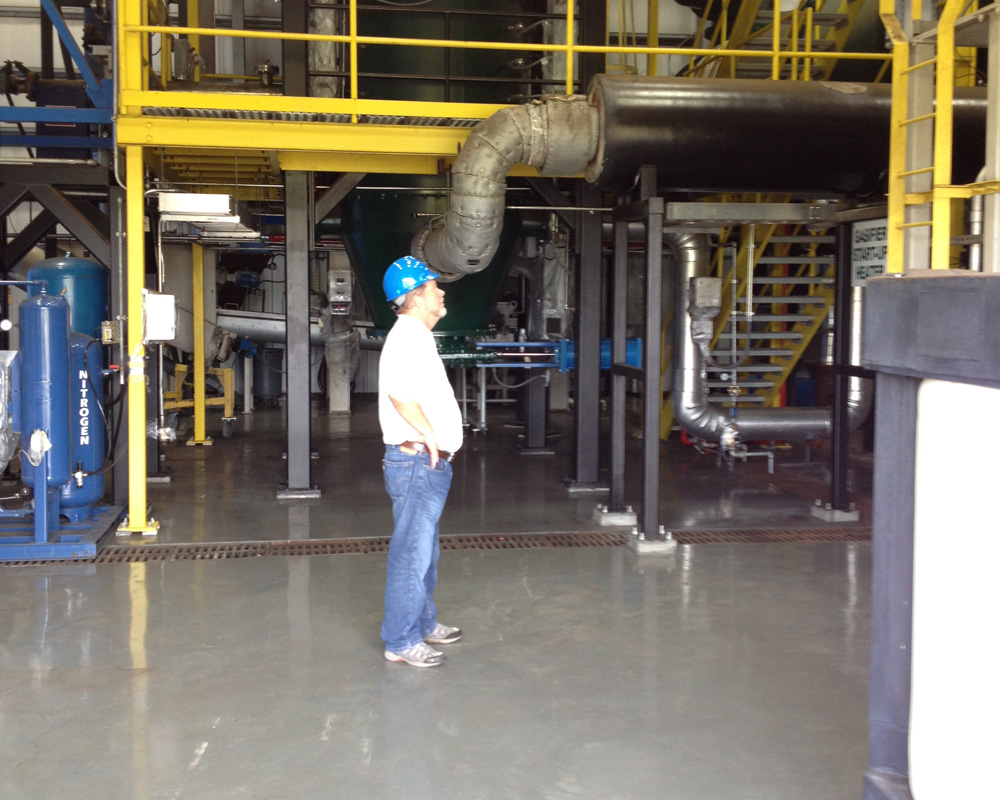
Demonstration Facility: Fluidized Bed Biosolids Disposal Gasification
CASE STUDY:
In 2007, the Sanford, Florida, Utility Department sought to identify an onsite biosolids management and disposal system that could be integrated within their South Sanford Water Treatment Facility. The intended biogasification system would be a cost effective long–term solution, that is regulatory compliant and environmentally superior.
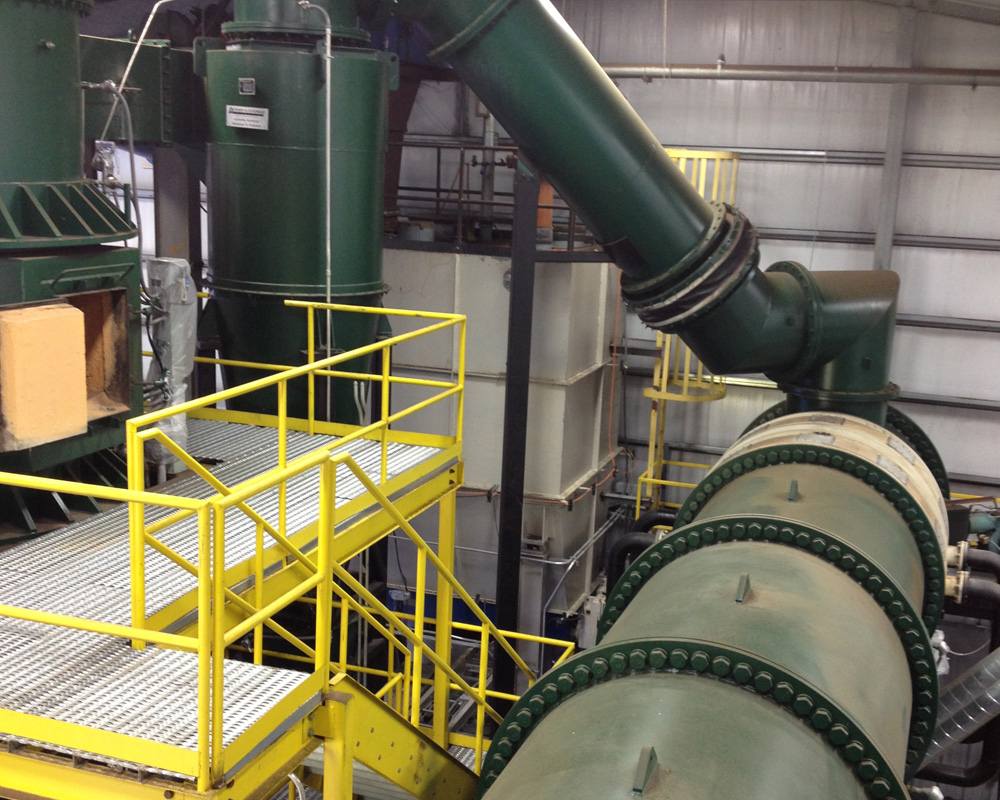
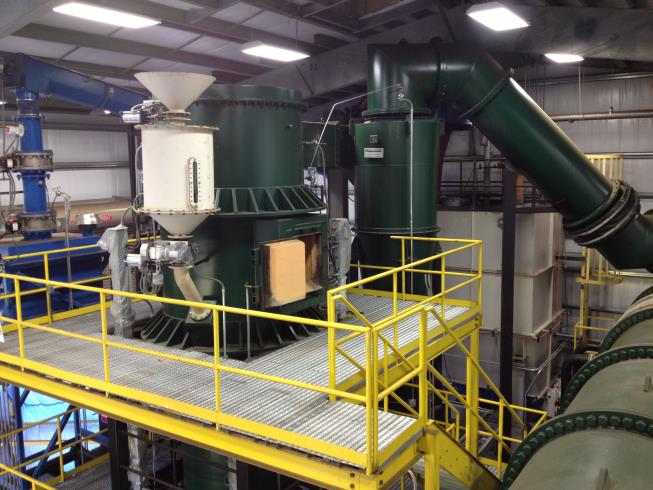
PROBLEM:
When natural gas prices skyrocketed in the mid-2000s, the city wanted to eliminate the costs associated with the drying of biosolids from the wastewater treatment process and establish a green disposal method.
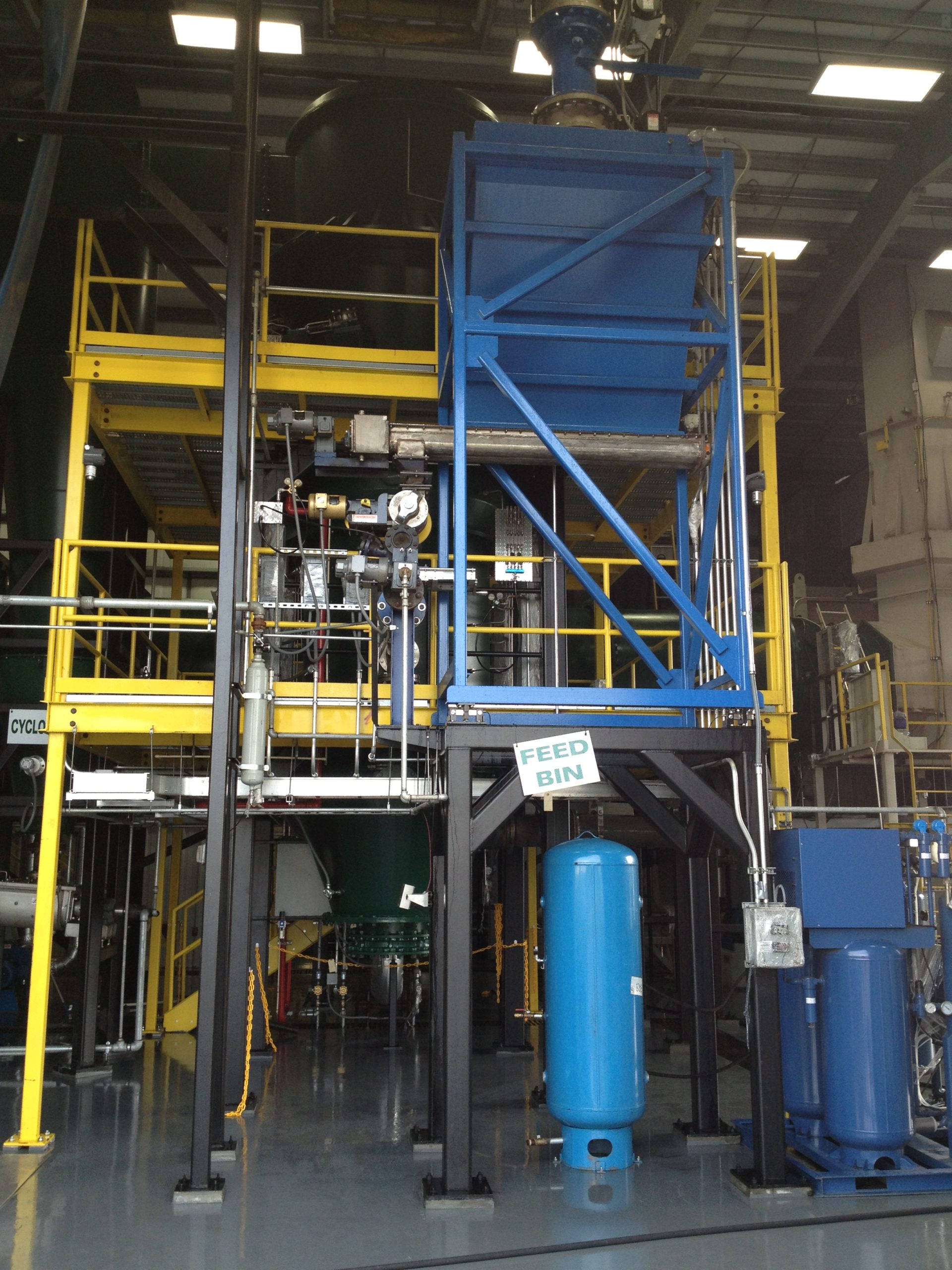
APPROACH:
Install and operate one ACE FB24-1000 biosolids gasification system. This system was developed specifically for processing municipal sewage biosolids. The system applied a thermo-chemical conversion of the wastewater residuals to generate thermal energy. This renewable energy was then recovered to reduce or eliminate other energy sources, providing energy savings and biosolids destruction for customers, and operates on the following specifications:
- Input Materials: Processes 100% of municipal biosolids in its ACE FB24-1000 system.
- Process: Utilizes energy embedded in the biosolids as a source of renewable heat energy to dry biosolids to Class A standards, replacing the use of natural gas.
- Output: Raised conversion efficiencies up to 85%; increased throughput by 40%.
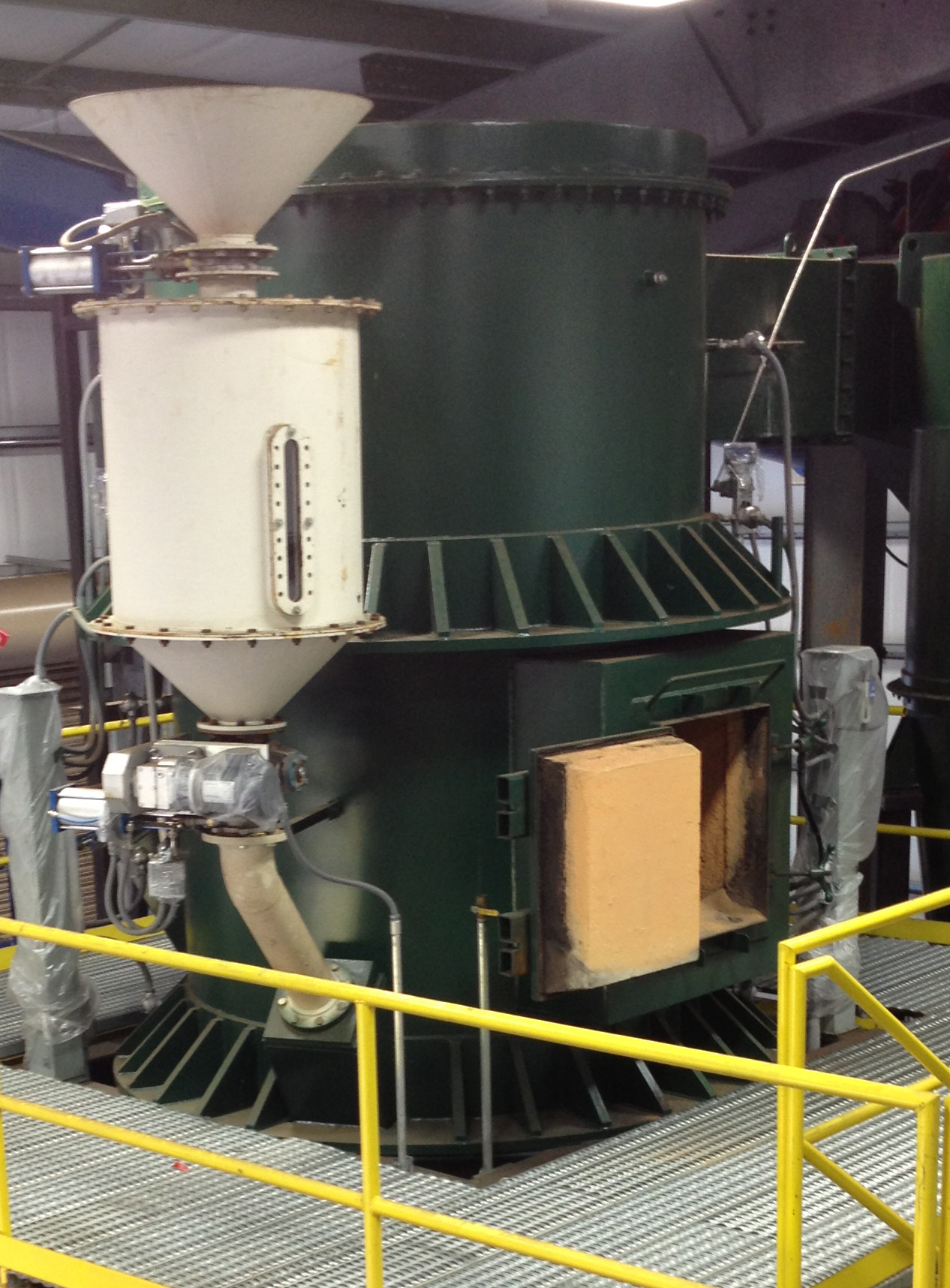
RESULTS:
The fluidized bed gasification system yielded waste, energy, and emissions benefits for Sanford:
- Waste: More than 30 wet tons of biosolids diverted from land-application and/or landfills each day
- Energy: Elimination of natural gas bills to the city over the 20-year life of the project
- Emissions: The city was able to meet regulatory requirements for air emissions witnessed by the Florida Department of Environmental Protection
TESTIMONIAL:
Biosolids have always been a concern. We’ve asked ourselves, ‘Is there another way we can address it and be environmental stewards?’ So far, we think the path we’ve chosen is a pretty good one.
– Paul Moore, Utility Director, City of Sanford
